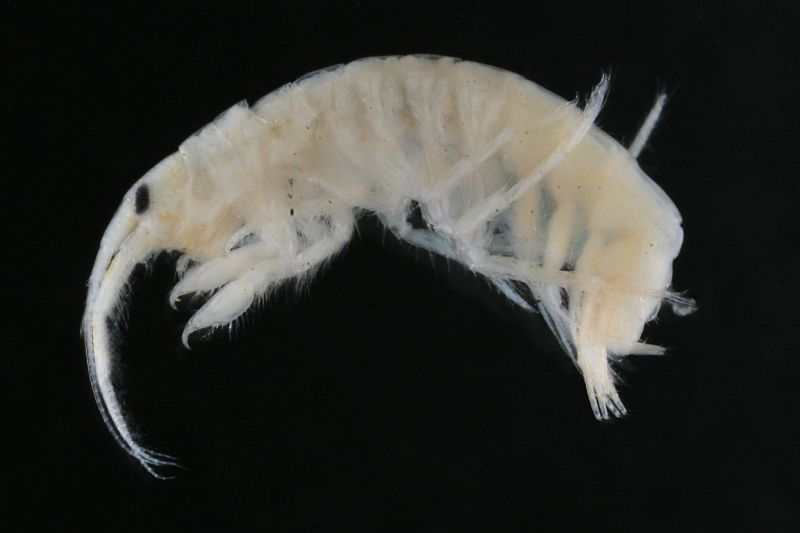Defended PhD by Pieter Boets (Laboratory of Environmental Toxicology & Aquatic Ecology)
 Besides habitat fragmentation, the introduction of invasive species is considered to be one of the greatest threats to global biodiversity. Due to increased global trade, habitat degradation and climate change the number of species introductions has increased spectacularly during the last decades. This has led to changes in structure and functioning of ecosystems worldwide.
Besides habitat fragmentation, the introduction of invasive species is considered to be one of the greatest threats to global biodiversity. Due to increased global trade, habitat degradation and climate change the number of species introductions has increased spectacularly during the last decades. This has led to changes in structure and functioning of ecosystems worldwide.
In this study, the impact and spread of alien macroinvertebrates in surface waters in Flanders was investigated. A detailed study on the distribution of alien macroinvertebrates in Flanders revealed that in total, 65 alien macroinvertebrates are established of which 40 are regularly encountered in fresh and slightly brackish inland waters. Most alien taxa belonged to the crustaceans and molluscs originating from North America and the Ponto-Caspian region. Many alien species were first discovered in the east of Flanders from where they started the colonisation of the central and western parts of Flanders. Changes in the macroinvertebrate composition were discovered during the last two decades as a result of changing environmental conditions and the introduction of alien species.
When analysing the factors that favoured the establishment and spread of alien macroinvertebrates it was found that shipping, hydro-morphological and physical-chemical factors were detrimental for the success of alien macroinvertebrates. Canals, harbours and the polder waters were hot spots for alien species introductions. Small streams were less invaded by alien macroinvertebrates probably because of a higher biotic resistance and the lack of proper vectors.
The knowledge gathered during the case studies was used when making predictions on the future distribution of alien macrocrustaceans in Flanders. Based on data-driven classification and regressions trees it was found that alien macrocrustaceans prefer large rivers and canals with a good chemical water quality and that with increasing conductivity the abundance and species richness of alien macrocrustaceans increases in the brackish water environment. When incorporating the improvements in water quality, it was found that the number of alien species (alien species diversity) will increase in the future, but that the fraction of alien species (alien species abundance) will remain stable.
Besides performing risk assessment several management measures, such as ballast water control, regulations regarding the trade of aquatic alien species and further insight in invaded ecosystems are necessary to reduce the further spread and minimise the impact of invasive alien species.
